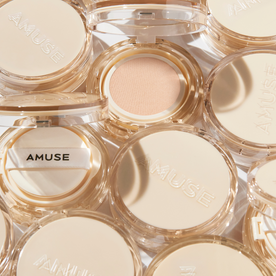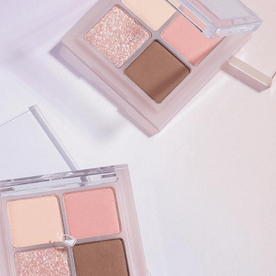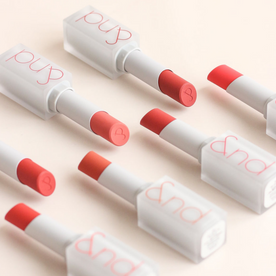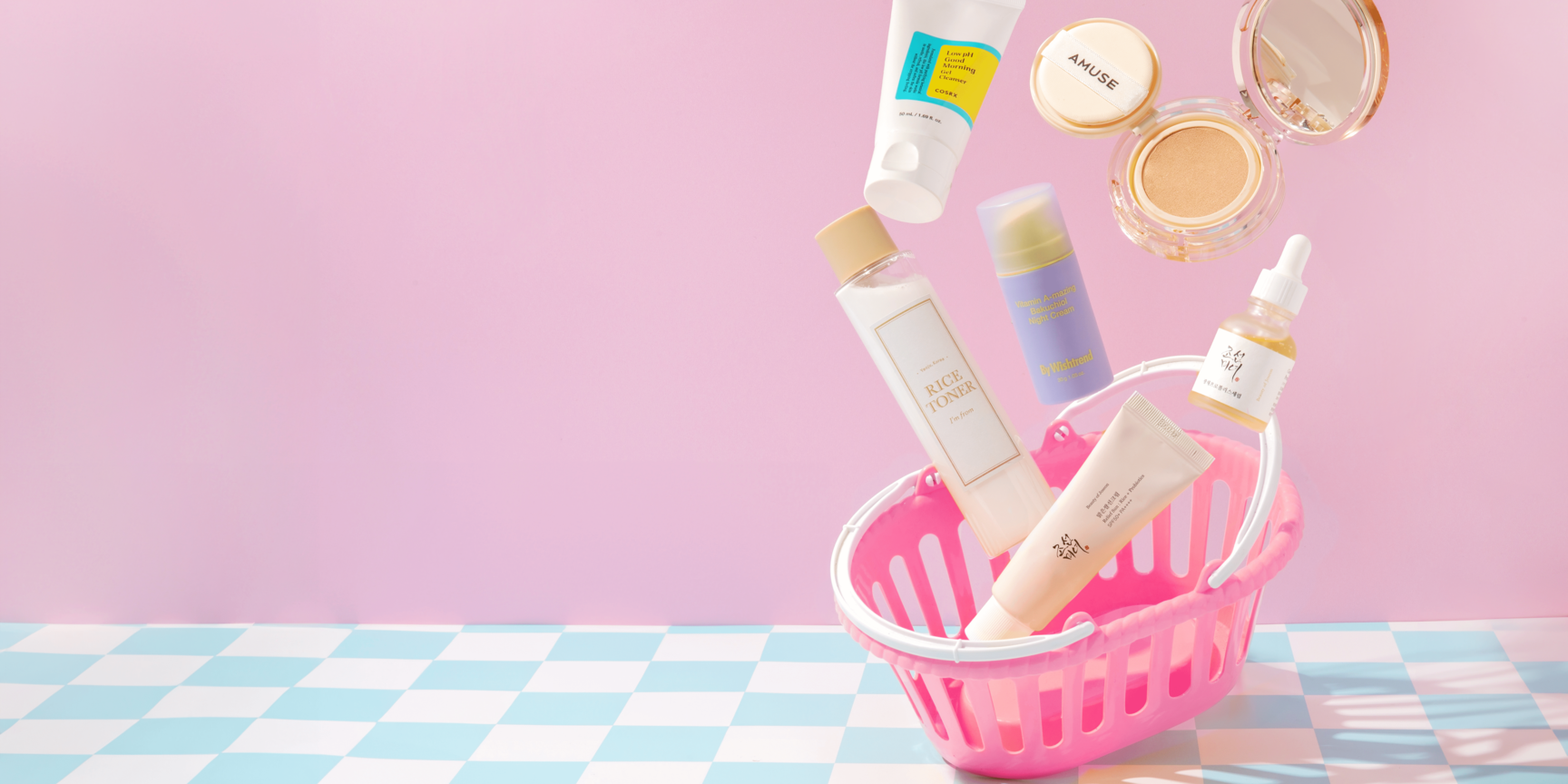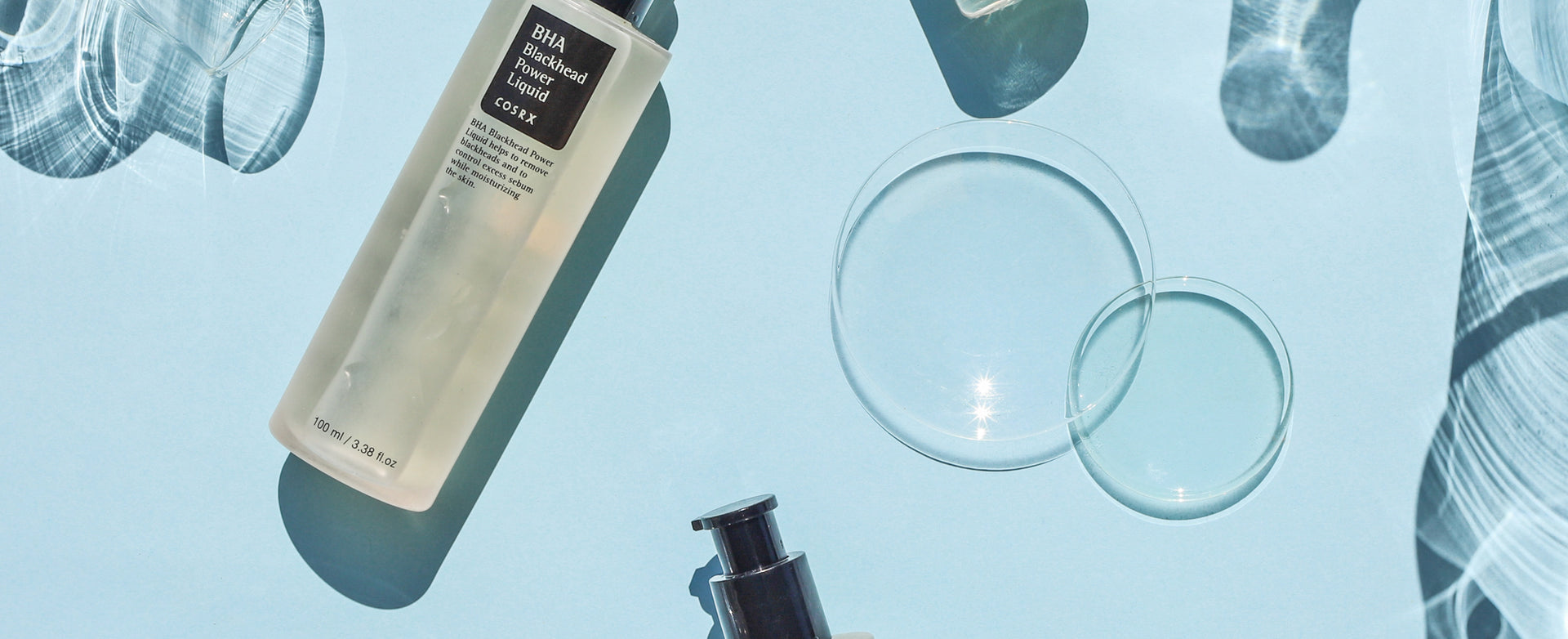MIXOLOGY: ACIDS AND VITAMIN C
Acids are a staple when it comes to efficient, effective exfoliation. Depending on the type you’re using, acids can do everything from refine the texture of your skin, to unclog acne prone pores. They’re also so customizable - you can get products that contain different concentrations of acids, so you can choose something your skin will tolerate well, while getting the most out of your skincare.
That being said, you do need to be careful with acids. If you’re slathering them on every day, or using multiple products with acids often, you could be irritating your skin or damaging your skin barrier. There are also some other skincare actives that don’t play so well with acids. A general rule is to be cautious when combining an acid with another strong active.
However, when done right, acids and vitamin C can not only be tolerated, but work well together. Vitamin C is a staple for a lot of people. It works wonders against hyperpigmentation and protects the skin against free radicals. When combined with a compatible acid, it can absorb better and be even more efficient than when used alone.
Quick Acid Guide
If you aren’t sure what type of acid you should use (or are using), here’s a quick recap of what you need to know.
AHAs - Alpha hydroxyl acids like glycolic, lactic, and mandelic acids generally smooth and brighten your complexion. They’re water-soluble and work at the surface of skin, improving the texture, and fading discolouration.
BHAs - The only beta hydroxyl acid you’re likely to see is salicylic acid. This oil-soluble, acne-fighting ingredient works to unclog pores and clear skin.
PHAs - Poly hydroxy acids like lactobionic acid and gluconolacctone are the gentle cousins of the acid family. They are made up of larger sized particles, meaning they don’t sink as deeply into the skin or work as quickly. This makes them ideal for people who have sensitive skin or a reactive skin barrier.
See our acids collection featuring your favorite products with AHAs, BHAs and PHAs here.
Mixing Acids

Because AHAs and BHAs do different things, you may benefit from using both. However, take into account your skin type and sensitivity levels. In general, this should be a safe combination to use if you have oily, acne-prone skin, as it will help unclog pores and regulate oil production.
If you haven’t tried mixing acids before, start with products with lower concentrations. You may even find that products that have ingredients that naturally contain acids (like certain fruit or botanical extracts) are gentler. Using a combination of an AHA and a PHA will also work better if your skin is drier, and is less likely to cause flakey skin. Start with the lower pH, thinner product, and move to the thicker, higher pH product. This will ensure the two products get properly absorbed and work most efficiently. Be sure to lock in moisture at the end with a thicker cream, as acids in general are drying.
You can also find products that have already pre-mixed the acids for you, like COSRX’s AHA/BHA Clarifying Treatment Toner. It uses natural acids to prevent breakouts and control excess sebum.
Quick Vitamin C Guide

Vitamin C is an antioxidant that excels at protecting skin from pesky free radicals, UV damage, and pollution. Not only do those things accelerate signs of aging, but they can also irritate skin and cause hyperpigmentation.
Besides protection, vitamin C can also help reverse some of those adverse effects. It’s acidic nature encourages skin to regenerate and produce more collagen and elastin, those wonderful substances that keep skin smooth and plump. Vitamin C also inhibits the skin’s production of melanin, which can cause discolouration.
Have you been missing out? No worries - jump onto our lush Vitamin C collection and use the filtering system to find the product that suits your skin type and skin goal.
Why Use Both Acids and Vitamin C ?
Acids smooth and unclog pores, and they also help other products to work more efficiently by removing dead skin and sebum that can interfere with absorption. So why use them with vitamin C? There are studies that suggest that vitamin C, especially in the form of L-ascorbic acid (used in most products) absorbs better at a low pH. Because acids are also low pH, they essentially prep your skin for the vitamin C.
Order, Order, Order!
If you’re going to layer your acids and vitamin C, the first thing you need to know is the pH of your products. This will determine what order you should apply them, which is important for you to get the most out of both ingredients. If the label on the product doesn’t mention the pH, a quick search online will usually do it, or you can pick up litmus paper at your local drugstore and test the pH yourself.
1. Start with the lower pH product first (the most acidic). This is usually the acid, but it’s always good to double check. If you’re using products that have both AHAs and BHAs, start with whichever has a lower pH.
2. Take into account the texture of your products. This works better if you use the more fluid product first, as opposed to a thicker cream.
3. If you’re using products that have similar pH levels (within 1.0), you can use your second product as soon as the first is absorbed. If they have a difference of more than 1.0, it’s safest to wait 30 minutes or so between the products so that the pH of your skin can get to the optimal range.
4. Start with a couple of applications a week to see how your skin reacts. Never rush into new products, especially those with strong concentrations of actives.
5. You may find you need to add moisture back into your skin, as both acids and vitamin C can be drying. Add hydrating products or a thicker cream to make sure your skin doesn’t get irritated.
Make it Easy

If you want to use both acids and vitamin C but have sensitive skin, or aren’t sure you’ll be able to use them together correctly, make it easy on yourself. There are ready-made skincare products out there that contain both acids and vitamin C, like COSRX’s new Refresh ABC Daily Toner. Glycolic acid (AHA) from apple fruit water evens skin tone and helps to improve the overall texture of your skin. Willow bark water and betaine salicylate (BHAs) remove dirt and excess oils from pores. The vitamin C is found in the form of ascorbic glucoside. This will save you the time and research of using separate products by safely combining the ingredients for you.
Whenever you try a new combination of products, it’s always a good idea to do a patch test first, especially if your skin is sensitive. With a little guidance, you can get the best out of all the actives you’re using, whether you’re using them separately, in layers, or together.









































